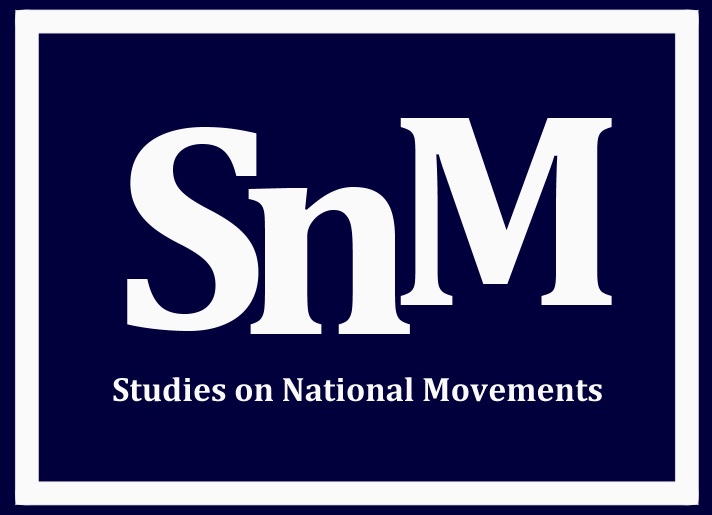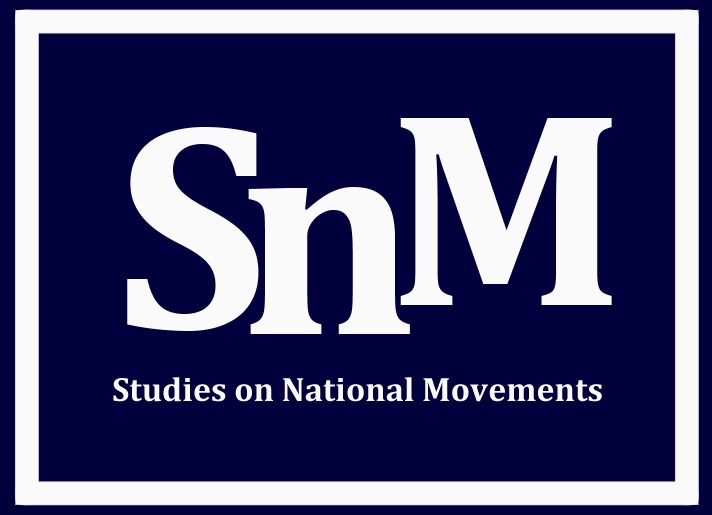Abstract
Based on a discussion of the argument that there might be tensions between interwoven processes of nationalization and democratization we address the following question: Do divisions – regarding ethnic, culture as well as gender, religion and social class – hinder governance and coherent decision making in an uncertain time of transition to democracy? In our article we focus on the politics of the workers’, farmers’ and soldiers’ councils after the “Great War” 1918/19 in the multinational border regions of Upper Silesia, Teschen Silesia, and Orava. We conclude that keeping law and order as well as improving the supply situation was the councils’ main task. Even though and in spite of the prevalent phenomenon of national indifference in the regions, the question of national orientation and therefore the belonging of a region to Germany, Poland or Czechoslovakia overshadowed the councils’ policy making. Still, they had a considerable ability to reconciliate differing political interests between the national camps in the regions.
Keywords: democratization, nationalization, politics of diversity, transition
How to Cite:
Kailitz, S., Paul, S. & Wehowski, M., (2020) “The Politics of Diversity in Disputed Border Regions during Times of Uncertainty: Upper Silesia, Teschen Silesia, and Orava (1918-19)”, Studies on National Movements 5(1), 29. doi: https://doi.org/10.21825/snm.85375
Downloads:
Download PDF
View PDF

